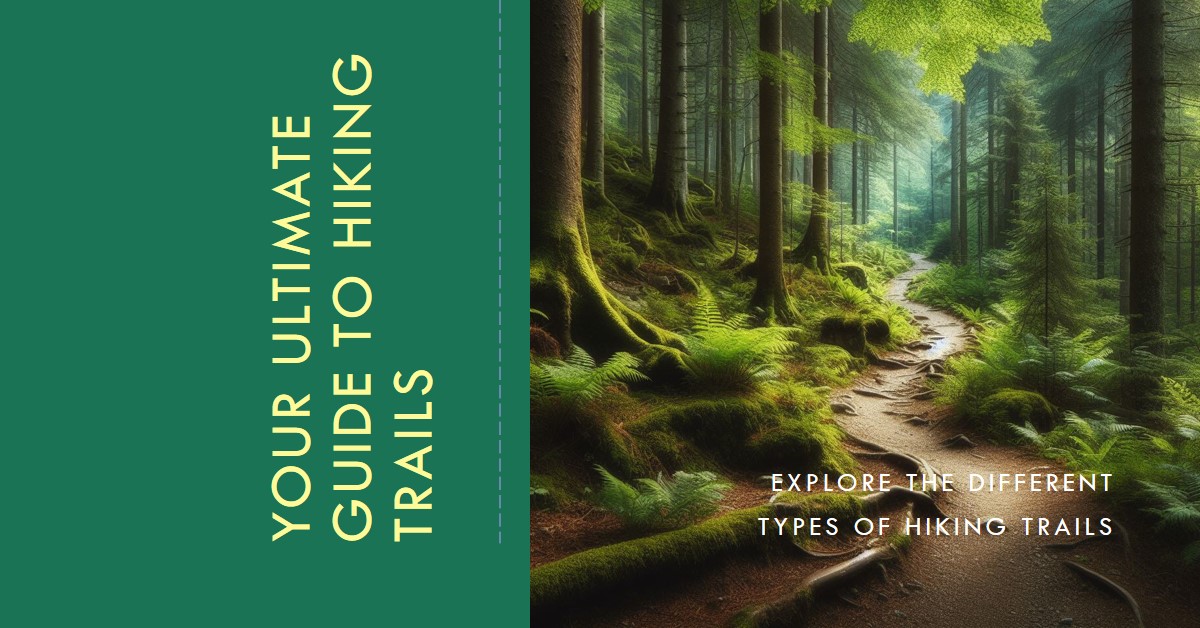Table of Contents
Unveiling the Mystery: Your Comprehensive Guide to Selecting a Sleeping Bag
The intricacies of picking a suitable sleeping bag are more protracted than they seem – you’re not just choosing a comfy bed for the night; you’re investing in a piece of gear that is responsible for your comfort, warmth, and overall memorable outdoor adventure.
Given the range of sleeping bags available, making an informed decision can sometimes resemble a jigsaw filled with factors like temperature rating, insulation type, weight, and intended use. Grasping these elements, and the interplay of characteristics they represent, will invariably guide your way to that perfect outdoor companion, your sleeping bag.
Identifying Your Sleeping Bag Prerequisites
Before a successful purchase, evaluate what your sleeping bag will have to endure. The specifics of your outdoor adventures will illuminate the type of bag best suited to your needs.
Whether unpredictable weather is a casual occurrence in your trips or you’re hitting household camping spots, your choice will be influenced. In frigid, damp environments, opt for a lower temperature rated bag with water resistance. On the other hand, milder climate may not warrant such intense specification.
The sleeping bag you pick should mirror the nature of the activities you’ll perform. Backpacking demands light and compressible gear, making a compact and lightweight bag your ideal companion. On the contrary, car camping offers freedom in size and weight – a larger and interiors-focused sleeping bag can afford you a comfortable night.
Your preference in terms of comfort and insulation is pivotal. The dichotomy between those favoring open and roomy space versus snug enthusiasts can factor into your selection. Plus, your insulation value preferences will count. Down sleeping bags, best-known for their solid warmth and packing capabilities, versus the all-weather robust synthetic bags will play a substantial role.
Decoding Sleeping Bag Features
The hallmarks of savvy sleeping bag selection lies in understanding its features. This knowledge forms the bedrock of informed choice and most importantly, a sound night’s sleep under the stars.
Shape will dictate how you slumber. Whether it’s the relaxed, spacious rectangular bags or the snug-fitting, heat-friendly mummy designed ones, your match is certain to be found. Of note, your fit should be comfortably tailored, taking into account the length and width that befits your body type.
The filling materials of down or synthetic contribute to the insulation and warmth factor. The former provides unrivaled warmth-to-weight packing ability, whereas the latter is budget-wise and unbeatable under wet conditions. Pay heed to ‘loft,’ which depicts the thickness of insulation. Remember, higher loft equals enhanced warmth.
Temperature rating is core to the bag’s efficiency, indicating the minimum temperature it can withstand to keep you cozy. Align your choice with the general climate and time of year to ensure its optimality.
Deciphering Sleeping Bag Specifications
Before you finalize your choice, a glance into the specifications can help ensure a stellar choice. Synthetic insulation provides unmatched performance in soggy conditions, and down insulation is unique for its superior warmth-to-weight ratio and feather-light quality, a boon for extreme weather camping.
Bags shaped mummy-like are more insulating, minimizing space for cold air, unlike rectangular bags that offer freedom of movement, great for laid-back camping. Weight and its portability hold crucial roles, especially for backpackers. Lighter bags are easily lugged around, but may compromise on warmth and durability. So, it’s essential to consider the packed size of the sleeping bag, fitting it ideally into your backpack.
Evaluating Ancillary Characteristics and Accessories
The journey of choosing a sleeping bag doesn’t stop with the main features. It continues into the realm of additional features that enhance its performance and your comfort.
The hood and collar options can play a significant role in maintaining warmth. A cozy-fitting collar and an easily adjustable hood maximize insulation.
Zippers and draft tubes are essential parts of your bag. A reliable, smooth zipper along with a draft tube can effectively regulate the temperature inside, preventing any encroachment of cold air or the escape of the warm.
Don’t forget about the accessories that accompany your bag. Stuff sacks to keep your bag compactly stowed, and compression straps for easy carrying could be small but are definite boons to the convenience and accessibility of the sleeping bag.
Emphasizing the Right Size and Fit
One fundamental but often overlooked aspect is choosing a sleeping bag that fits you properly. This process involves considering the dimensions and weight capacity to ensure the right and comfortable fit. Size it up, check the shoulder and hip room, and consider the maximum weight the bag can handle to guarantee a good night’s sleep. A sleeping bag that comfortably fits is an investment in dreaming under the stars.
The Importance of Trial Runs
The process of selecting a sleeping bag isn’t complete without taking it for a spin. If conditions permit, try out bags in-store or online. Nothing substitutes the experience of physically testing the bag’s fit and comfort.
Besides, take advantage of user reviews to discreetly glean insights from those who’ve charted the trail before. If possible, rent or borrow a sleeping bag for a trial run, providing you live-action insights on its appeal before you commit to buy.
+
Conclusion
No matter your camping needs, your perfect sleeping bag is out there. Through careful consideration of all these factors, you can narrow down your choices and find the perfect fit for your outdoor experience, ensuring cozy, warm nights under the stars.
Mastering Your Investment: Formulating a Budget and Comparing Prices
Like all significant purchases, deciding on a sleeping bag should start on the financial front. Having a budget in place allows you to navigate the market effectively and evaluate options within your desired price range. This financial blueprint should be balanced, taking into account both your budgetary constraints and the quality you’re gunning for in a sleeping bag.
| Brand | Price Range |
|---|---|
| Adventure Club | $100-$150 |
| Barefoot Camper | $150-$200 |
| Greenwood Exploration | $200-$250 |
| Mountain Maven | $250-$300 |
Embrace a comparative approach. Research intensively into different brands and their offerings. Look for established brands that offer a spectrum of sleeping bags within your budget and consider parameters like insulation type, temperature rating, and weight in your comparison. Also, bear an eye for unique offers or discounts that can help you snag a terrific deal.
Navigating the Long Haul: Durability and Maintenance
Picking a hardy yet low maintenance sleeping bag is key for success in your outdoor escapades. Discern the durability markers like quality of material, construction method, and actual user reviews. The ideal fabric should be sturdy, stress-resistant, and capable of withstanding the test of time. Seek out bags with reinforced stitching and waterproof, or at least water-resistant, materials for an edge in damp conditions.
A good sleeping bag requires regular TLC. Follow the manufacturer’s maintenance guide. Regular cleaning will help prevent the accumulation of oils, dirt and odours that may impact your bag’s performance. Remember, gentle detergent is perfect, but bleach and fabric softeners should be avoided. As a rule of thumb, storing your sleeping bag loosely in a breathable sack rather than keeping it compressed, could prolong the loft and insulation life of the sleeping bag.
Furthermore, it pays to consider the warranty and repair options offered by the manufacturer. A promising warranty is often a window into the manufacturer’s faith in their product. Check whether the manufacturer provides repair services for common damages like broken zippers or ripped seams. With a supportive company behind your purchase, camping nightmares could be significantly reduced and the longevity of your sleeping bag considerably enhanced.
Making the Final Selection
Having assimilated all the characteristics and considerations, it’s time to narrow down your choices. Start by amalgamating potential sleeping bags that align with your criteria into a concise shortlist. Your decision-making should be focused on temperature rating, insulation type, weight, and packability. The ideal sleeping bag will echo your personal preferences regarding size, shape, and essential features like the hood design, draft collar, and zipper style.
Look into the fill power and down-to-feather ratio for down insulation, or consider the temperature rating and loft for synthetic insulation. Marry this data with your budget limitations, making sure to strike a balance between affordability and utility. A more expensive bag might offer better quality, but affordable alternatives could also prove fruitful. Assess the lifetime value of the sleeping bag against its frequency of use.
Making your final choice heavily depends on your needs, preferences, and budget. Make use of customer reviews and comparison across models to ensure you are well-informed before picking your sleeping bag, snugly guaranteeing comfort on your outdoor excursions.
Answering Your Doubts: FAQs on Choosing A Sleeping Bag
What Factors Should I Consider When Choosing A Sleeping Bag?
Firstly, understand your intended use, then identify your ideal temperature rating, insulation type, bag weight, and packed size. Your personal comfortable size, shape, and feature preferences play a considerable role as well.
Are Down Sleeping Bags Better Than Synthetic Ones?
Down sleeping bags provide unbeatable warmth-to-weight ratio and are great for dry, cold conditions. Synthetic bags, however, retain their thermal properties even when wet, making them ideal for moist or unpredictable weather.
How Do I Determine The Right Sleeping Bag Size For Me?
Consider your height and shoulder girth. You can choose between regular or long lengths – regular being suitable for those up to 6 feet tall and long intended for those over 6 feet. Your ideal bag should allow ample room for comfortable sleep, without compromising warmth and snugness.
Can I Utilize a Three-Season Sleeping Bag for Winter Camping?
Three-season sleeping bags are designed specifically for milder conditions, namely spring, summer, and fall. While they may offer sufficient warmth for light winter weather, they do not hold up well in extreme cold. If winter camping is on your agenda, it’s prudent to invest in a dedicated winter or a four-season sleeping bag that’s geared for lower temperature ratings and superior insulation.
Wrapping Up: The Art of Choosing the Perfect Sleeping Bag
Picking the perfect sleeping bag is nothing short of a key to unlocking a host of memorable outdoor experiences. The ideal choice caters to your unique needs, catering to temperature ratings, insulation, and size. Importantly, always prioritize quality, durability, and weight in order to ensure a long-lasting investment that won’t let you down when you need it most.
Once you’ve navigated your way through these considerations and made your selection, you’re set for serene, under-the-stars slumber. Here’s to your next incredible camping experience!
Frequently Asked Questions on Choosing Your Sleeping Bag
What should I keep in mind while choosing a sleeping bag?
Choosing a sleeping bag involves a range of considerations like temperature rating, insulation type, weight, packed size, and your intended use. Align your temperature rating with your camping conditions, choose the ideal insulation for warmth, select an appropriate weight and packed size, all while considering whether you’ll be backpacking or car camping.
Are down sleeping bags superior to synthetic ones?
Down sleeping bags afford exceptional insulation, an unmatchable warmth-to-weight ratio, and impressive compressibility compared to synthetic ones. However, down bags lose their insulating properties when wet, whereas synthetic bags retain heat even in moist conditions. Depending on your camping conditions and weather patterns, you can discern which type suits you best.
How can I determine the right sleeping bag size for me?
You can choose the right sleeping bag size by considering your height and shoulder girth. Most sleeping bags are available in regular and long lengths, with regular suitable for individuals up to 6 feet tall and long for those over 6 feet. Additionally, opting for a bag with ample shoulder room ensures comfort while sleeping.
Can I use a three-season sleeping bag for winter camping?
Three-season sleeping bags are engineered for spring, summer, and fall use. They may provide enough warmth for slight winter conditions, but they fall short for extreme cold temperatures. If you’re primed for winter camping, it’s recommended to invest in a dedicated winter or four-season sleeping bag designed for lower temperature ratings and superior insulation.














